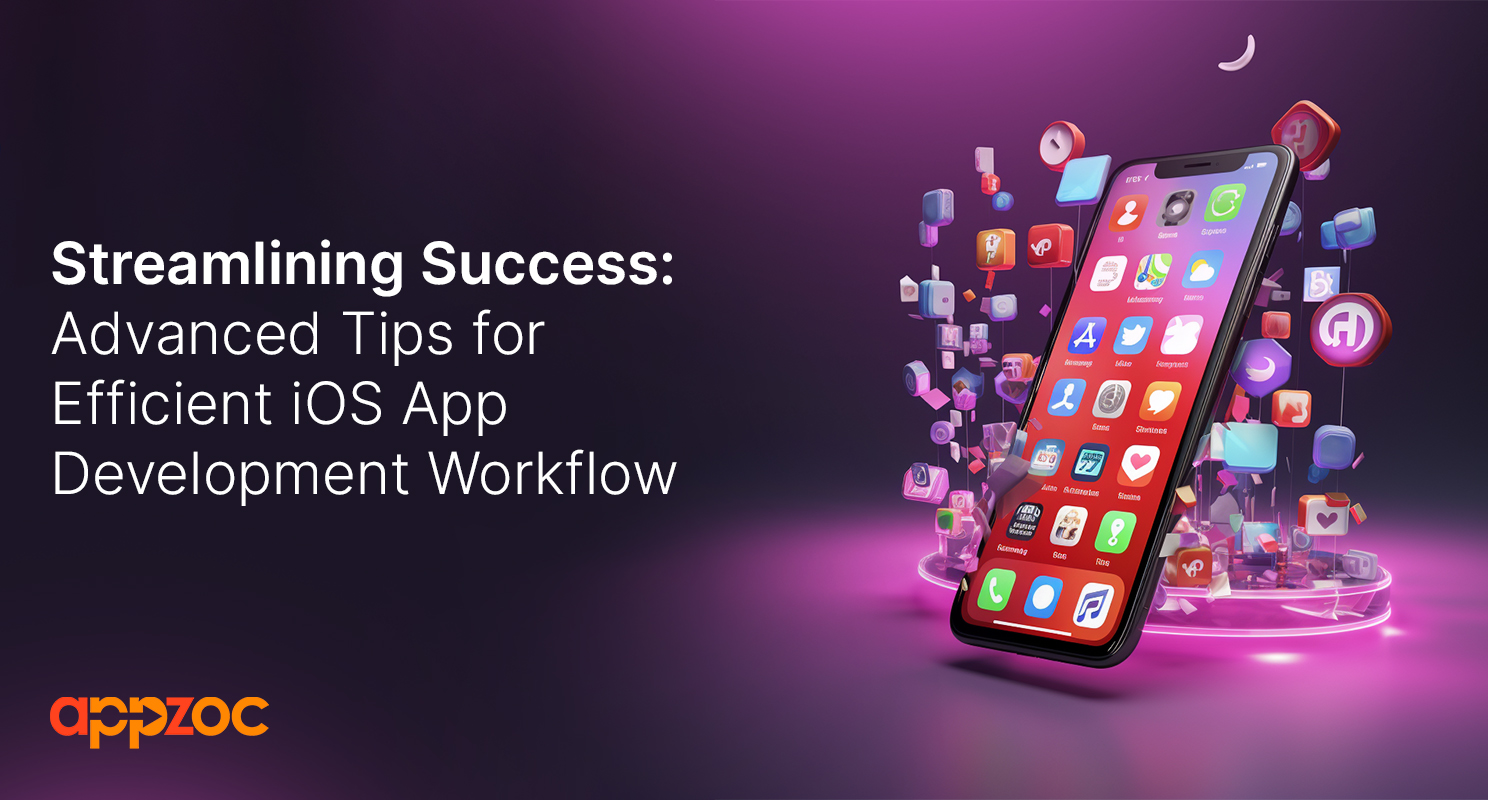
Flutter
Make the most of this cutting-edge technology by developing apps quickly! Our Flutter solutions have amazing features that can be used to create sleek, high-performance apps that can scale seamlessly across platforms.

Crafting cutting-edge iOS applications involves balancing innovation with efficiency. Learning to streamline development workflows allows small teams to punch above their weight class.
Whether partnering with an iOS app development company in Bangalore or scaling in-house skills, optimizing your processes is pivotal. In this guide, we’ll explore actionable techniques for enhancing development velocity, reducing bottlenecks, and bringing visionary iOS apps to market faster.
Far too often, projects launch with an overly ambitious scope better suited for an entire business suite rather than an MVP. Defining strict boundaries and minimal viable feature sets avoids endless bloat and release delays.
Scope creep notoriously plagues software projects without clear requirements boundaries. Reign things in by documenting:
Map targeted feature sets into each development sprint/iteration and resist diverging until you’ve released an established product.
Implementing software design frameworks like MVC (Model/View/Controller) from the initial buildout vastly simplifies enhancing your iOS application over time. MVC cleanly separates UI, business logic, and backend data flows into modular buckets avoiding tightly-coupled code.
This facilitates straightforward changes, reduces bugs from dependencies, and improves organization as complexity grows. Modify models without altering views directly. Move towards microservices architecture as warranted.
Quality designs prevent technical debt before it ever has a chance to accumulate!
Leverage Pre-Built Solutions
Far too many teams obsess over reinventing the wheel instead of leveraging pre-built solutions. Before coding features from scratch, audit the 100K+ open source libraries for existing scripts handling that functionality.
Need image caching? No need to develop that. Tap proven libraries like NSCache or SDWebImage. Struggling to implement expanding text labels? Lean on
Identify where bespoke code truly matters versus where existing tools apply. This alone eliminates weeks from development schedules.
Manual testing bogs teams down severely, while being prone to errors and oversights between device models. Automated UI testing corrects this.
Powerful frameworks like Xcode UI Testing, Appium Studio and Espresso accelerate feedback cycles. Script test cases once and automatically replay them with each new code update.
Immediately catch compatibility issues across platforms or devices without days of hands-on checks. Set testing to run automatically overnight and focus man-hours on progressive innovation versus regressions.
Continuous integration paired with continuous delivery (CI/CD) workflows help development teams maintain speed, quality and security.
CI automatically builds and tests code changes made by developers to provide instant feedback on errors introduced before going live. CD then deploys passing builds onto staging environments and releases stable versions onto production infrastructure.
Together, CI/CD abbreviates turnarounds between writing feature code to deployment from days down to hours in some cases. This facilitates faster iteration based on user testing and monitoring after releases.
Developers stay focused on creation while surrounding automation handles testing and infrastructure workflows in a streamlined manner.
Maintaining an open beta channel environment connected to production infrastructure grants access for trusted testers to trial features pre-release while gathering feedback.
This provides an additional quality safeguard, allowing you to identify issues that passed initial testing but still impact real-world usage. let select customers beta test upcoming capabilities weeks before public release to isolate any UX flaws or bugs.
Distribution platforms like TestFlight make accessing beta releases simple for reviewers. New functionality gets put through its paces without exposing public users to any disruption.
Also Read:Why is iOS App Development So Important Nowadays?
Monitoring analytical performance regularly prevents surprises down the road. Establish shared dashboards tracking daily metrics for things like:
Analytics shine a spotlight on successes and pain points. Preemptively optimize flows demonstrating friction early to retain users. This allows maximizing customer lifetime value long-term.
Streamlining app development velocity contains equal parts process innovation, automation and disciplined scoping. Define ambitious yet achievable targets and embrace frameworks simplifying future growth.